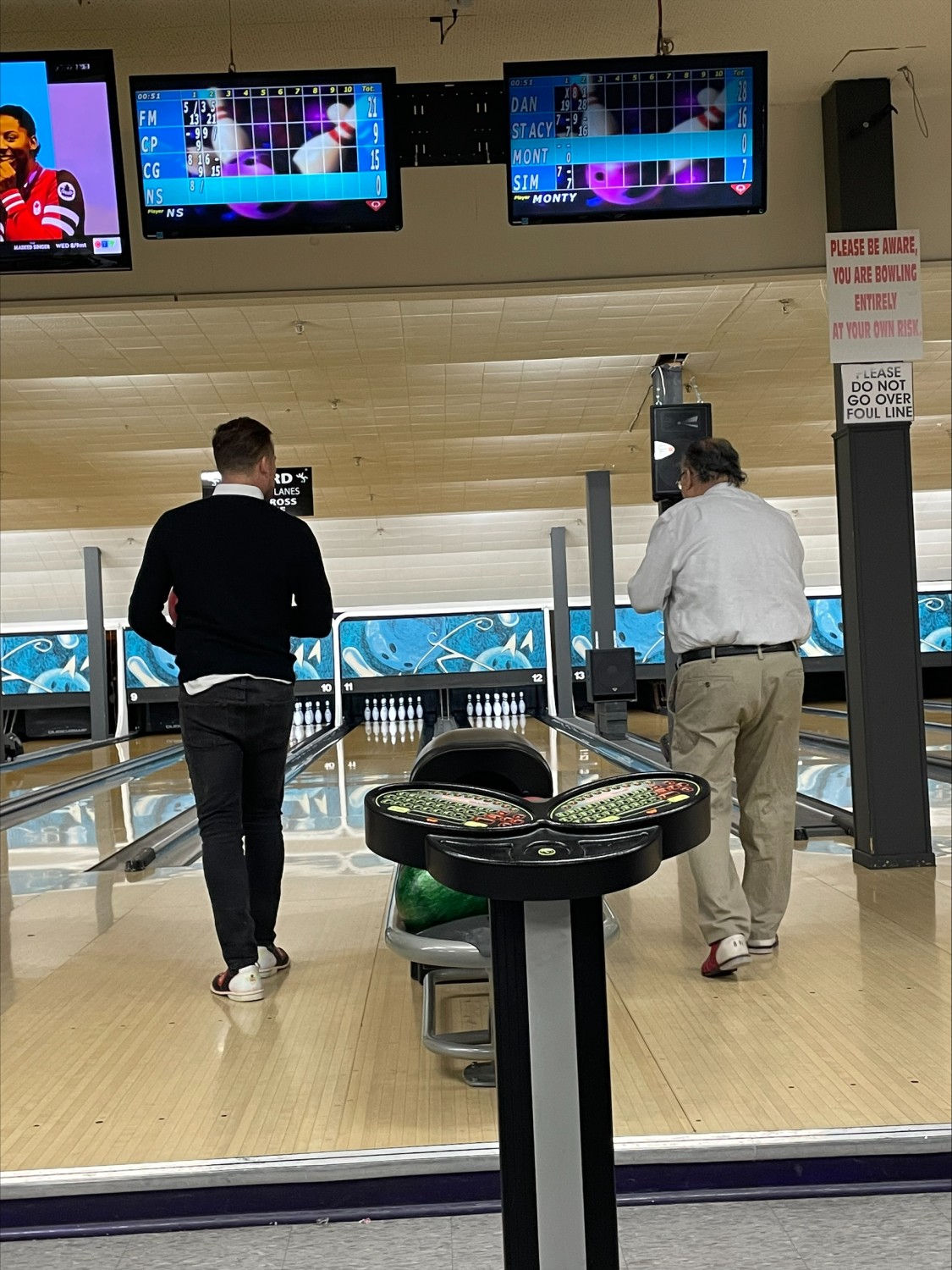Winter is coming: risks and exposures when people slip and fall on your property
As the weather becomes wet and icy, business owners are faced with increased liability exposure. People coming to and from your property are at higher risk of falling and hurting themselves because of the slippery conditions.As a result, there’s a higher chance you may get sued during this period. To protect yourself, you must understand how this risks arises and what you can do to avoid it.Injuries sustained from slips and falls are usually claimed under premises liability. As the name implies, these are injuries that happen on somebody else’s property or premises.Apart from winter conditions, slips and falls can results from loose carpets, uneven flooring and dim lighting. Other hazards include cracked sidewalks and potholes. Even normally functioning stairs and escalators can pose a risk.It can be tricky proving fault and legal responsibility in case of a slip and fall. Deciding factors include whether the property owner did their due diligence to prevent an accident and whether the injured person was reckless or careless.Usually, the injured person is responsible for proving that a “dangerous condition” caused their accident and that the property owner was aware of said condition. Dangerous conditions include unreasonable risk that the injured person could not have anticipated.To prove that the property owner was aware of the dangerous condition, the plaintiff must demonstrate the following:
- That the owner created the condition
- Knew it existed and was negligent in failing to address it
- The condition had been around long enough that the owner should have found and fixed it
Moreover, the owner must reasonably ought to have known that their negligence would create a risk. For example, if you knock over a can of oil in your garage that makes the floors slippery, and a customer slips the next day, that person can argue that you could have foreseen such an accident occurring.With commercial properties, there may be more than one party who can be held responsible for injuries. If you’re renting office space, both your business and the landlord may be sued if someone slips and falls on your property.Negligence can also be proved if the injured person shows that you violated a statute or other relevant legislation. For instance, building codes often mandate handrails and other safety features in specific locations.If someone injures themselves in a location where the absence of these features contributed to their injury, you could be held liable for violating the building code.There is also the matter of partial fault when the injured person is responsible to some extent for their injury. You can still be held liable in this situation, but you may be requested to pay less compensation than if you were fully responsible.And when it’s not your fault, you will not have to pay at all because some injuries are genuinely accidents and have nothing to do with the property owner.By now, you may be feeling overwhelmed with all of this risk surrounding you. Fortunately, there are quick and easy steps you can take to greatly reduce your exposures. Here’s a few tips:
- Any property owner worth their salt will salt their driveway, sidewalk and parking lot.You can also use sand to improve grip over slippery areas. Once it starts snowing, don’t wait too long to apply salt and sand.
- Pave cracks and potholes and fix uneven concrete plates. If the problem area lies outside your property line, report the issue to your local authorities.
- Place non-slip covers over wet floors and slippery tiles.
- Replace and repair handrails as necessary.
- Replace and clean lights as needed.
If someone is injured on your premises, contact your broker immediately. Better yet, give us a call today so we can work together to get rid of this risk for you before it ever becomes a problem.



